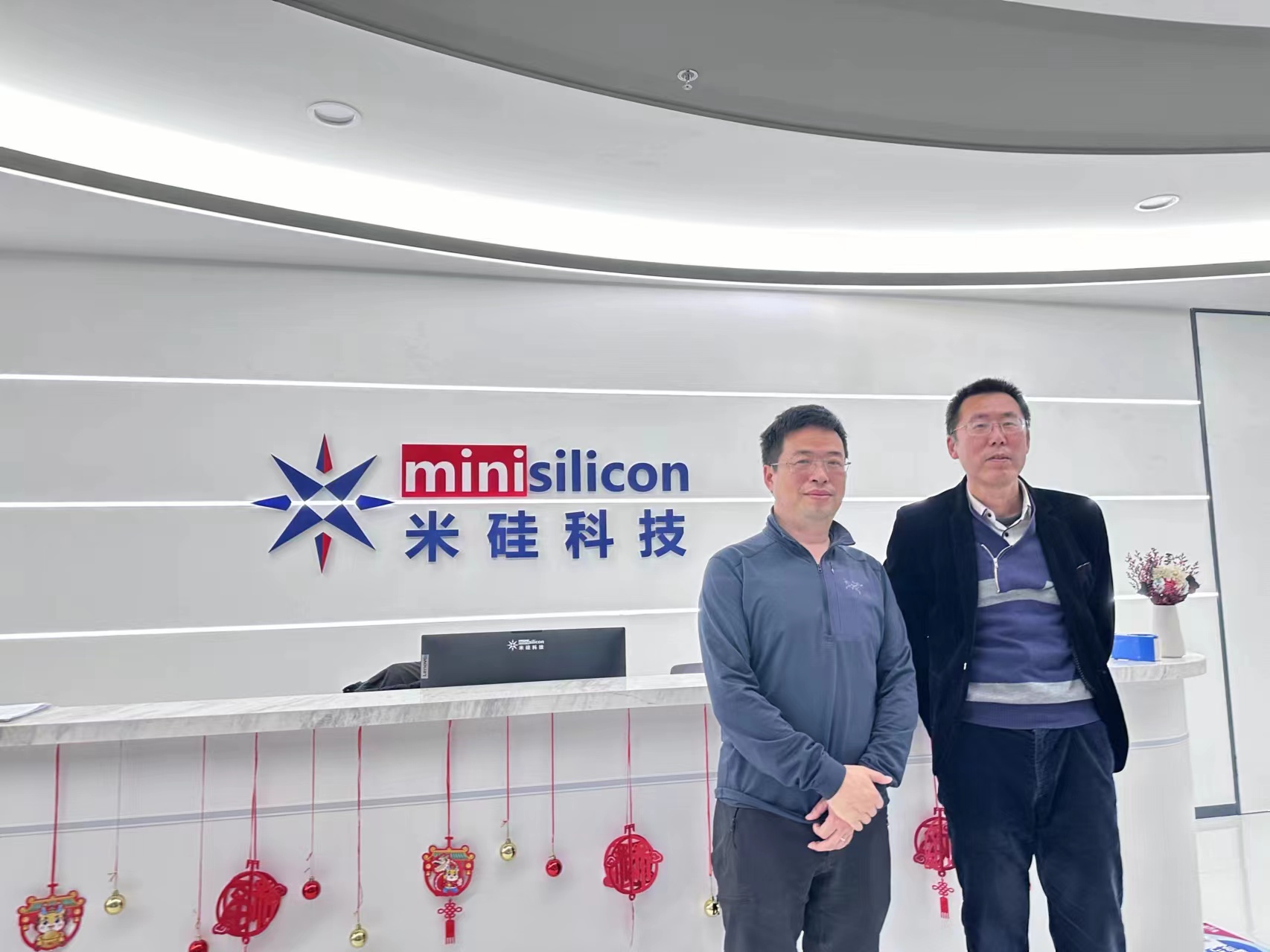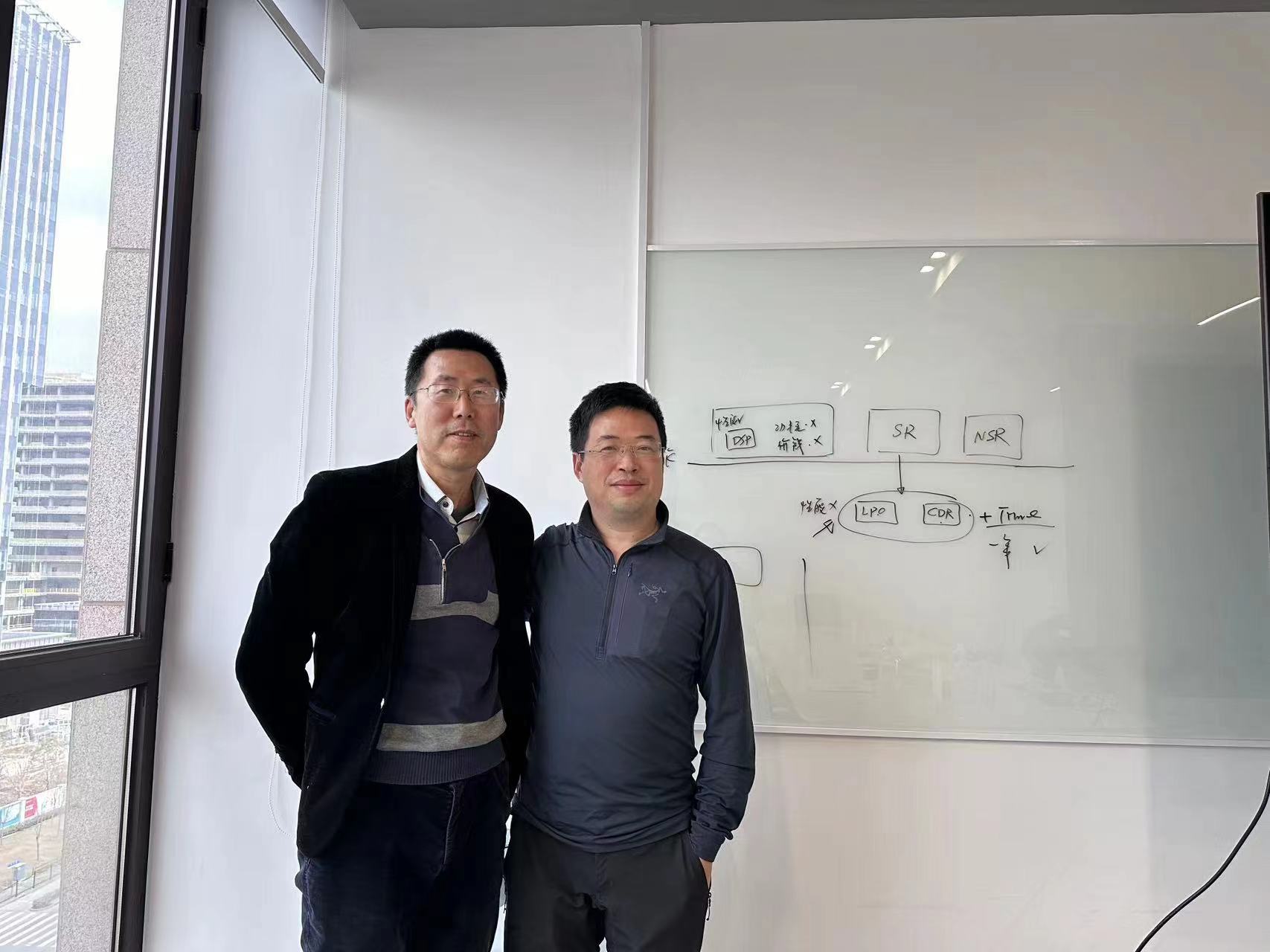Introduction: From the designer's perspective, all the issues that LPO is currently facing are being addressed. Minisilicon will further enhance the competitiveness of its products in the future, develop higher-speed and differentiated products, and serve the optical communication industry in China and around the world.
On March 12, 2024, Fiber Online News, becoming a world-class optical communication chip developer and supplier is the mission of Shanghai Minisilicon Technology. This optical communication chip start-up, established in 2017, has attracted several design experts from North American chip giants. They have over 20 years of experience in commercial, optical communication, clock, and mixed-signal chip design, with technical expertise including optical communication module chip design, high-performance low-noise frequency synthesizer, and high-speed SerDes PHY development and application. In order to quickly gain a foothold in the competitive optical communication chip market, Minisilicon has targeted the datacom and PON markets and launched a series of distinctive products.
Being a latecomer in the optical module chip market, the first problem faced by Dr. Luo was to accurately analyze the market competition and choose the right route for themselves. In Dr. Luo's view, the low and medium-speed module chip market is about cost-effectiveness, where price is particularly important when performance is similar, and the early arrivals have already occupied most of the market. However, the share of the high-end chip market, which was previously occupied mostly by North American companies, is Minisilicon's opportunity under the dual requirements of localization and ensuring supply chain security. Based on their own technical accumulation, they chose the PON and Datacom.

In the access network, product price competition is fierce, and Minisilicon needs to have its unique feature to squeeze in. Dr. Luo introduced that one feature is their anti-WiFi capability added to the ONU side chip. Currently, because telecom generally integrate the optical network and WiFi together, there is a requirement for the TIA chip to have anti-WiFi performance. It is precisely by virtue of this capability that Minisilicon has entered a mainstream PON module factory. In the new 10Gbps XG/XGS PON field, the entry point of Minisilicon products is a lower power consumption than competitors. Dr. Luo pointed out that the PON is developing towards 25G/50G-PON, and the new generation of 25G/50G Combo products have higher requirements for PCB board size, more intensive integrations, smaller size, and more restrict reliability requirements. Minisilicon's double closed-loop design has a great advantage in this aspect.
In the datacom field, Minisilicon has a diverse options of datacom products, with data rates ranging from 10G to 400G, providing a full set of transceiver chip solutions, and applications covering short-distance SR, long-distance LR, and ultra-long-distance ER/ZR. Minisilicon's datacom products including:
10G ER/ZR, 1x25G, 4x25G and 4x50G TIA/Driver/CDR/LA and other combination combo products
PAM4 1x100G and 4x100G TIA and other related products in preproduction stage.
Dr. Luo said that Minisilicon's datacom product performance is close to the international frontier level and has extremely high cost performance. The star product ms22300/58050 has extremely high cost effective performance in 10G ultra-long distance applications, with two sizes of packaging to meet different needs.
Minisilicon's newly released 4-channel 56Gbaud linear TIA chip for 400G modules is a representative of Minisilicon's datacom products. This chip is very suitable for COB and silicon photonics PAM4 optical module applications. Dr. Luo said that from his perspective as a chip design engineer, the pluggable optical module LPO solution for linear driving is very feasible. He said that many people are standing from application view, but he is looking at it from the designer's view, and all the problems that LPO is currently facing are going to be solved very soon. Minisilicon will further enhance the competitiveness of its products in the future, develop higher-speed and differentiated products, and serve the optical communication industry in China and around the world.

Dr. Luo says that LPO is definitely feasible